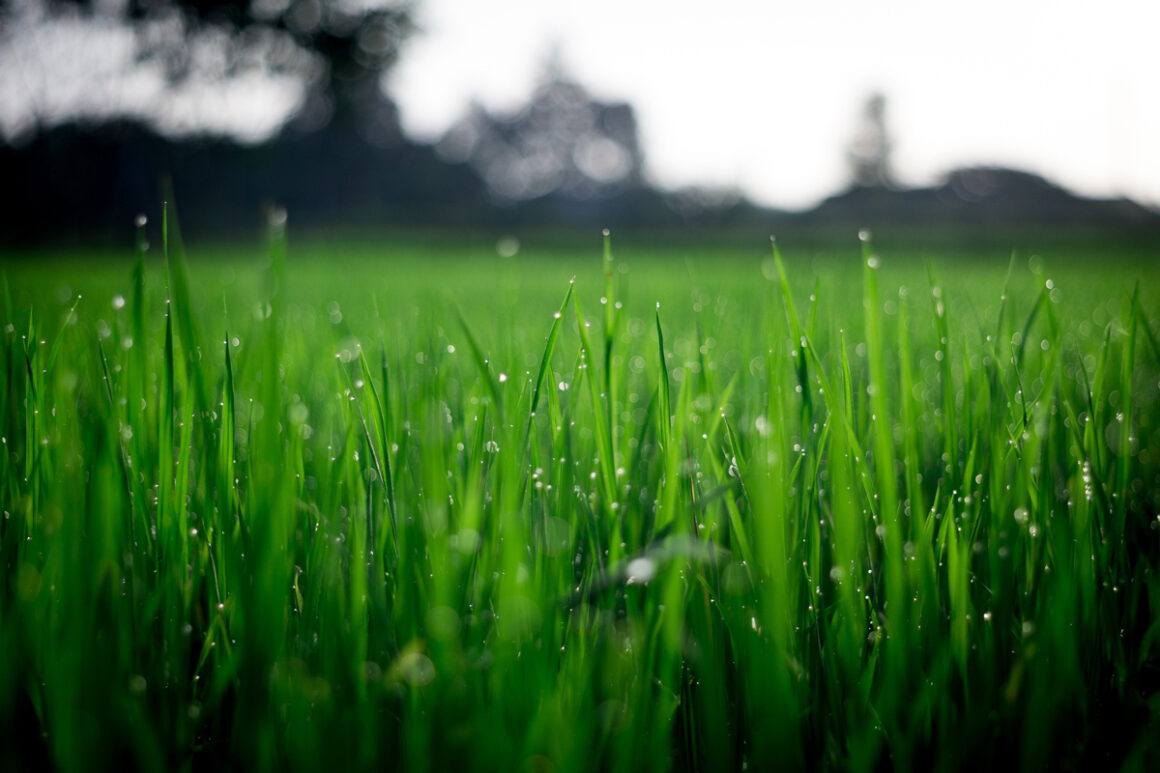Spring Lawn
Spring is finally in evidence as daffodils and flowering trees start to bloom. Expect the inevitable April showers this month but with sunny days too when you can turn your attention to the lawn.
Lawns that are generally poor, weedy, or sparse will benefit from a programme of thorough lawn maintenance. If the lawn is really bad, then total re-laying or re-seeding may be necessary. This is best repaired in spring or autumn, when the weather is damp and cool. Here’s a quick guide to lawn repair.
Using turf
- Cut out the damaged area of turf in a square.
- Lightly fork over the soil in the base of the removed square.
- Cut out an identical-sized square of healthy turf from another area of the garden where it will not be missed or use new turf.
- Place the healthy turf over the damaged patch and brush a sandy lawn top-dressing into the crevices between the turves.
- Compress the turf edges with the back of a rake.
- Water in using a fine rose.
Using seed
- Cut out the damaged area of turf in a square.
- Lightly fork over the soil in the base of the removed square.
- Sprinkle some crumbly top soil or compost over the base of the removed square.
- Scatter the grass seed over the base as per packet instructions.
- Cover the seed with a light sprinkling of top soil or compost to hide it from the birds.
- Water in with a fine rose.
Repairing lawn edges
- Dig out the damaged area as above.
- Turn the damaged square 180° and place it so that the cut edge aligns with the lawn edge and the damaged edge is facing inwards.
- Cut away the damaged area and re-turf or re-seed as above.
Even out minor bumps and hollows
- Cut through the uneven patch with an H‑shaped incision and peel back the turf.
- Fork over the base and either remove excess soil or add new topsoil to raise the level.
- Firm down the soil and make sure the patch is level before replacing the turf.
- Check the lawn is level and adjust again if necessary.
- Brush a sandy lawn top-dressing into the crevices between the turves.
- Compress the turf edges with the back of a rake.
- Water in with a fine rose.
Sometimes, repaired patches appear a different colour from the existing turf. Using turf from elsewhere in the garden (rather than new turf) to repair your lawn may avoid this problem. Otherwise, buy seed or turf from the same supplier.
www.rhs.org.uk

